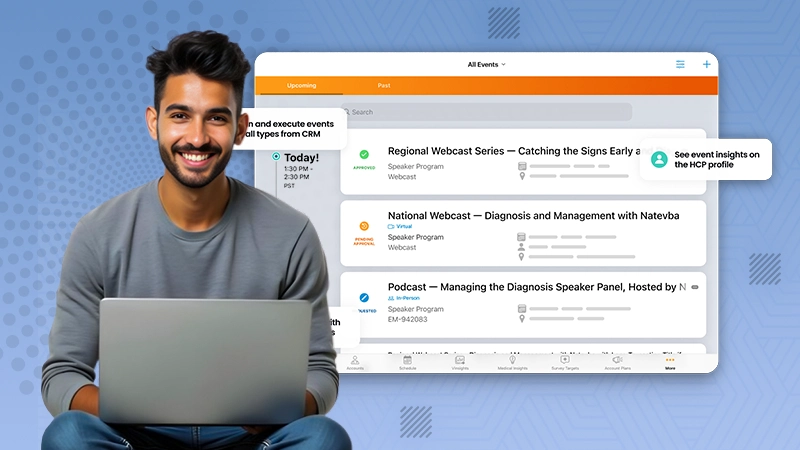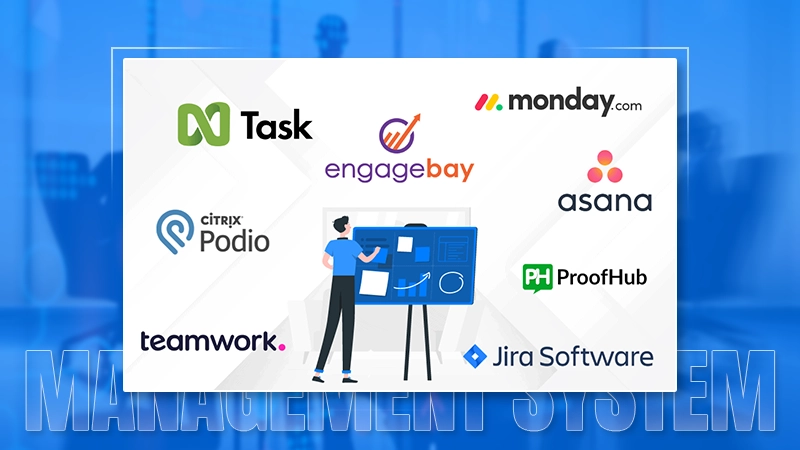Marketing teams take immense efforts to build brand awareness and attract visitors. It’s a cue for the sales team to take charge right away before the leads’ interest wards off. If this doesn’t happen on time, your potential customers will be walking away. Imagine a scenario where a customer inquires a shopkeeper about something, but the latter is too busy to answer.
As a sales leader, you might be already aware of this issue. If you are tired of assigning leads manually to your sales reps and losing leads due to delayed nurturing, this article is for you. Automated lead distribution is all you need to connect your sales rep and lead on time.
Here is what you need to know about lead distribution, what it involves, and how you can handle it peacefully.
Lead distribution is a process of assigning leads to sales reps manually or automatically. This can be based on matching qualities between the lead and the handling rep.
Advantages of Automated Lead Distribution
Not All leads are the Same
Every lead is from a different background and has its own pain point that you can solve. Following the same approach for everyone will not work, as they might lose interest and leave. To offer this personalized support and help your sales team be aware of every lead requirement, you should use automated lead distribution software. This way, you match specific leads to relevant sales reps who might be already experienced in handling a similar lead.
You Won’t Ghost Your Leads Anymore (or Vice Versa)
Be early to catch your lead before your competitor does. They might book a meeting, but if you delay the process from your side, they will walk away. Make the first move by letting them know instantly who will assist further. This gives them a chance to remember your demo call and show up on time.
Growing Companies Need Automation
Small businesses find spreadsheets comfortable where they upload new leads’ data and route them to sales reps by adding their names. This is possible when you have a low sales volume and a small sales team.
As you scale, you would want to get your business across as many leads as possible. Having automated lead distribution software helps you stabilize this workload. Every incoming lead will be automatically connected to a sales rep who can take it from there.
Lead Distribution Techniques
The best sales teams across the world follow the strategies below to assign the lead among themselves.
Round-Robin
- It’s the most used lead distribution technique as it favors everyone equally. Every lead that walks in is distributed to sales reps one after another.
- The order repeats after the first round of assignments.
- It works the same way in both automatic and manual lead distribution.
- The round-robin technique is more accurate when you use automatic lead distribution software.
- This is the best when you combine it with automated lead distribution software and custom workflows.
Region-based
- This technique works well for companies with global footprints.
- Sales reps from a particular region will be comfortable handling a lead from the same region. This gives them a chance to have common topics to talk about.
- You can use this technique to match leads based on their locations with sales reps from the same place or country.
Cherry-Pick
- If you want to build a sales team with a high sense of ownership and freedom, this is for you.
- Cherry-Pick lets sales reps pick their own leads based on details they shared.
- Sales reps function the best here to close the deal so that they can prove their choice.
- The downside is that the least preferable leads might not get picked and get stalled in the funnel.
Grouping
- This technique will let you group your sales reps based on their strong areas, expertise, and relevant industry experiences.
- With a matching algorithm, you can filter an incoming lead and route it to the respective group/sales rep.
- Though it creates healthy competition, grouping can make a few reps feel inferior, resulting in imbalanced performance.
The techniques can go on and on. Use a trial-and-error method to determine what works for your team and organization’s structure. A little experimentation will lead to coming up with better practices and getting more focused results.
Lead Distribution Process
Here is what happens in a typical lead distribution process.
- Your lead finds your ad and reaches your website. They spend some time and once they know you enough, they sign up, provide their details, and book a demo.
- They are prompted to enter suitable dates and timings on a calendar that’s synced with your team’s calendar.
- Your sales team receives an alert with this information.
- You validate the lead and decide who is the right fit to close this deal.
- You send this deal to the chosen sales rep and sync it with their CRM.
- The sales lead chooses a time and proposes that to the lead for their meeting.
Why Should You Use Lead Distribution Software?
The steps discussed in the above section can be exhaustive if you do them every day. It barely gives you time to manage your sales team’s performance. Besides, customers don’t wait around till the brand takes an initiative. In no time, you will lose an ideal fit and now have to put effort into retargeting them.
But lead distribution software can reduce the chances of losing a lead and match them instantly with a sales rep based on conditions you set. It reduces the time you spend annually by assigning leads and managing meetings.
To Conclude
Credit With the right tools, your sales team can help your business grow. However, it is important that you choose the best tools by conducting adequate research and need analysis. Choosing excellent sales automation and lead distribution tools can improve the efficiency of your sales team and bring down costs to increase profitability.







